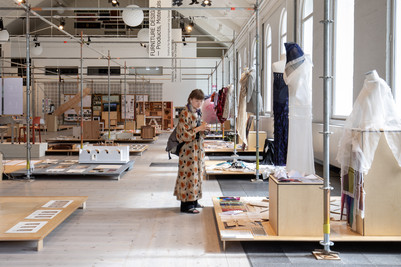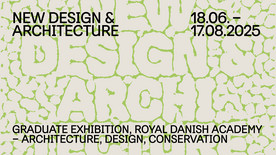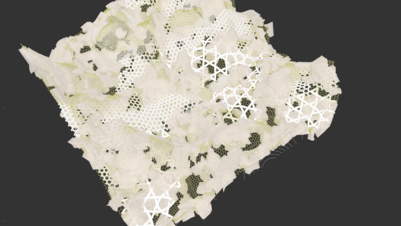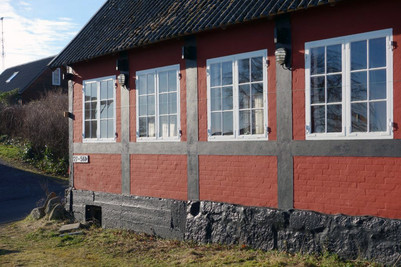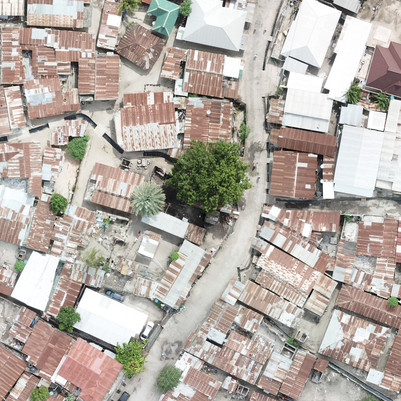
How architecture can contribute to the UN’s Sustainable Development Goals
New book offers inspiration for stakeholders in the built environment by showcasing architecture which engages with all 17 Sustainable Development Goals. The book shows projects in all scales and from all over the world.
The book 'An Architecture Guide to the UN 17 Sustainable Development Goals Volume 2' is an extensive collection of architecture projects from all over the world and demonstrates how architects and architecture can contribute to each of the Sustainable Development Goals.
The examples illustrate that architecture can make significant contributions regardless of budget, location or resources available. Neither the challenges nor the possibilities of the built environment should be underestimated:
“We have to radically change the way we build. The built environment is a major consumer of energy and natural resources, and a producer of waste. Furthermore, how we build can exacerbate inequalities and affect health.With this book, we want to inspire architects and stakeholders to engage with both environmental and social challenges”, says Natalie Mossin, chief editor of the publication and Head of Institute of Architecture and Technology.
From political planning to grass-root level
The 80 projects selected by the editorial board vary from large-scale political planning projects to small-scale interventions on a grass-root level. All projects share a commitment to sustainable development and an ambition to achieve a significant impact in their respective local contexts.
The editors hope the guide will inspire students, architects, policy makers and other stakeholders to discuss how architecture can contribute to sustainable development by providing them with realized examples from around the world.
“Our publication demonstrates that the built environment, planning, architecture, landscape architecture and design interact with each of the 17 Sustainable Development Goals. And most crucially: not just on an aspirational level or as future potential but through realised buildings, settlements and cities all over the world. It is for each and every one of us to contribute to the realisation of the goals,” says Natalie Mossin.




